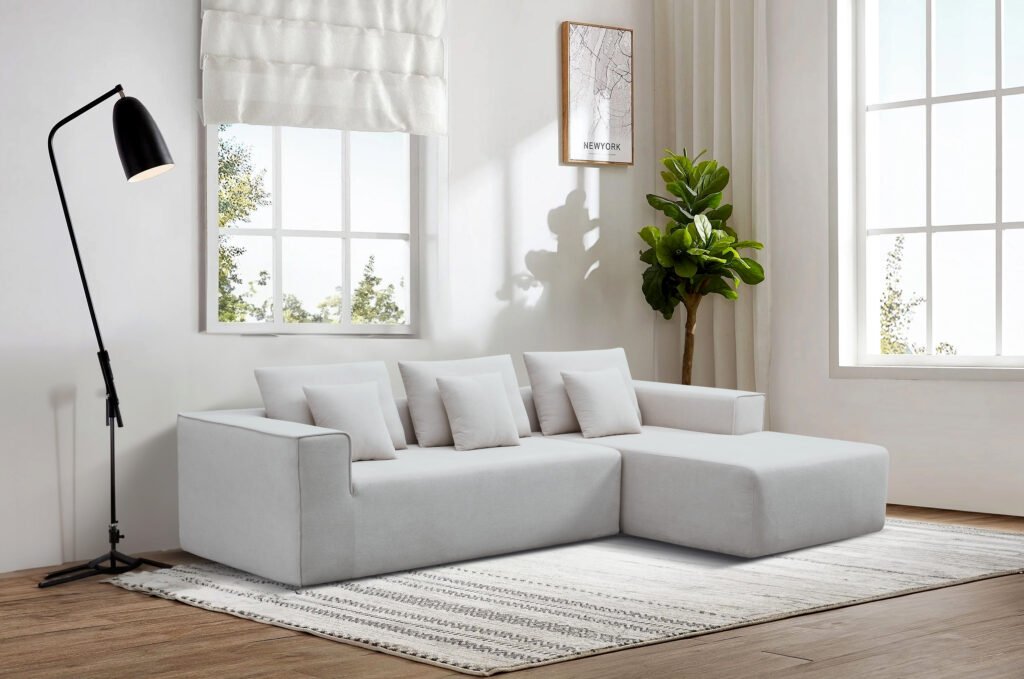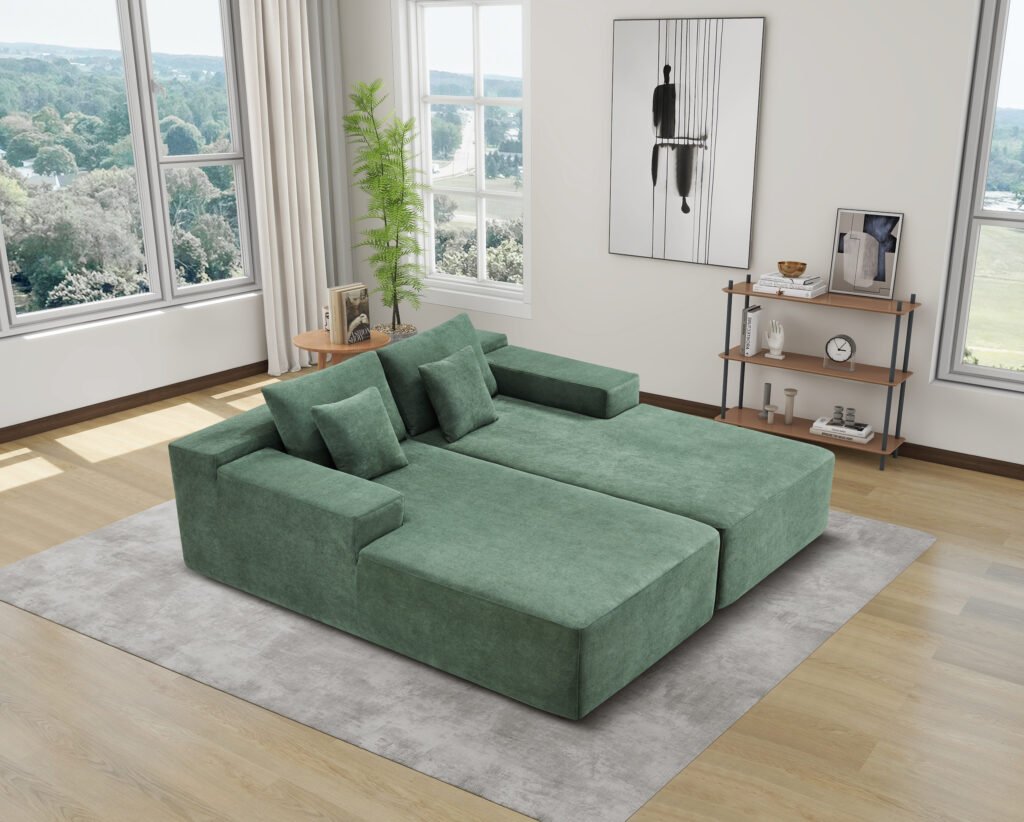
Introduction
As the furniture industry evolves to meet the demands of urbanization, e-commerce, and global logistics, compress sofas have emerged as a game-changing solution for B2B brands, wholesalers, and distributors. Much like the pivotal role glass packaging plays in preserving and enhancing reed diffusers, the compress mechanism and packaging of sofas are crucial for product integrity, logistics efficiency, and brand perception. This guide provides a comprehensive B2B perspective on how compress mechanisms function and why packaging is a strategic differentiator in the modern furniture supply chain.
Understanding Compress Mechanisms in Sofas
What Is a Compress Sofa?
A compress sofa is engineered to be vacuum-packed or tightly compressed, dramatically reducing its volume for shipping and storage. This innovation enables brands to optimize container loads, minimize shipping costs, and reach global markets efficiently.
How Do Compress Mechanisms Work?
The core of compress sofa technology lies in the interplay of advanced materials and mechanical engineering:
- High-Resilience Foam: Specially formulated foams are chosen for their ability to withstand compression and rebound to their original shape without sagging or losing comfort.
- Modular Frames: Many compress sofas use detachable or foldable frames, allowing the structure to be packed flat or in sections.
- Vacuum Compression: Industrial-grade vacuum machines extract air from the packaging, tightly compressing the sofa and locking it in a reduced-volume state. This is similar to how capillary action draws fragrance oil up reed sticks—both processes rely on material properties and controlled environments for optimal results.
- Securing Mechanisms: Straps, bands, or temporary fasteners are used to hold compressed components in place until the packaging is opened.


Why Packaging Matters for Compress Sofas
1. Protection and Product Integrity
Just as glass reed diffuser bottles protect fragrance oils from evaporation and contamination, high-quality packaging for compress sofas shields the product from moisture, dust, and mechanical damage during transit. The right packaging materials—such as multi-layer plastic films, reinforced cartons, and edge protectors—ensure that sofas arrive in pristine condition, ready for immediate use.
2. Logistics and Efficiency
Packaging directly influences shipping costs and supply chain efficiency. Well-designed compress sofa packaging:
- Maximizes the number of units per container or pallet.
- Reduces handling time and labor costs at warehouses and distribution centers.
- Facilitates easy, damage-free last-mile delivery, which is critical for B2B e-commerce and direct-to-consumer models.
3. Brand Perception and Customer Experience
Packaging is a powerful branding tool. Custom-printed cartons, branded vacuum bags, and eco-friendly materials enhance the unboxing experience and reinforce brand values. For B2B clients, clear labeling, assembly guides, and QR codes for digital support add value and reduce service inquiries.


4. Sustainability and Compliance
Eco-friendly packaging—using recyclable films, biodegradable inserts, and minimalistic designs—aligns with global sustainability trends and regulatory requirements. For B2B brands, this is not just a selling point but often a prerequisite for partnership with major retailers and project developers.
Key Trends in Compress Sofa Packaging for B2B Markets
- Customization: Tailored packaging sizes, branded graphics, and modular inserts for different sofa models.
- Bulk and Wholesale Solutions: Efficient packaging for bulk shipments, supporting distributors and large-scale projects.
- Smart Packaging: Integration of RFID tags and QR codes for tracking, inventory management, and digital assembly instructions.
- Luxury and Sustainable Options: Premium packaging for high-end markets and sustainable solutions for eco-conscious clients.


Conclusion
The compress mechanism is the engine behind space-saving sofas, but packaging is the shield and showcase that ensures these products reach their destination safely, efficiently, and with maximum brand impact. For B2B stakeholders, investing in advanced compress mechanisms and innovative packaging is essential to stand out in a crowded market, reduce operational costs, and meet the evolving expectations of global clients. As with the glass bottles in the reed diffuser industry, the right packaging elevates the entire product experience—making it a cornerstone of modern furniture logistics and branding.